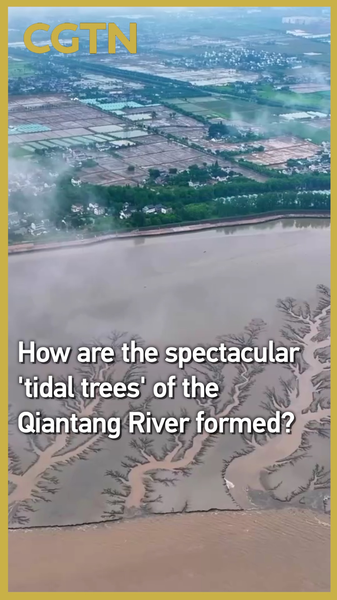On October 7, scientists unveiled the secrets behind the Qiantang River’s mesmerizing 'tidal trees' after a 100-day expedition along the river in Zhejiang Province on the Chinese mainland. 🌊🔍
After over 100 days of exploration that kicked off in June, a scientific team has revealed how the Qiantang River’s famous 'tidal trees' come to life. These mesmerizing patterns, shaped by nature itself, have left even seasoned researchers in awe.
The Tale of Tidal Trees
Picture a giant brush dragging across a muddy canvas. That’s what the ebb and flow of tides does to the river’s extensive tidal flats, carving intricate, tree-like patterns in the sediment. The secret sauce? Two ingredients: a broad expanse of soft, wet mud and the powerful tides of the Qiantang River.
CT Scan of Ancient Sea Walls
The team didn’t stop at surface beauty. They ran a 'CT scan' on centuries-old sea walls using high-tech robots 🤖 and advanced sensors. Over 1,600 potential risks like cracks and weak spots were detected beneath the walls, offering crucial clues for future coastal defenses.
Why It Matters
- Protecting the Qiantang tidal bore, one of the world’s largest tidal bores 🌊
- Informing smarter, more resilient coastal construction 🏗️
- Deepening our understanding of how natural forces sculpt our planet 🌍
These groundbreaking findings not only unpack a natural wonder but also pave the way for safer, greener coastal planning. Stay tuned as researchers continue to map the forces that shape our shores! ✨
Reference(s):
How are the spectacular 'tidal trees' of the Qiantang River formed?
cgtn.com




